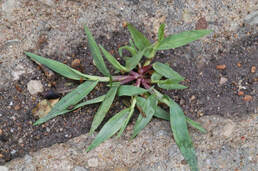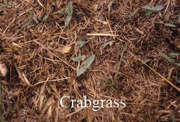
Crabgrass preventers kill the seed as it germinates. Most do not have any effect on crabgrass that has already come up. If we are too late to apply a preventer, we do have other herbicides that will kill crabgrass after it is up including Ortho Weed-B-Gon Max + Crabgrass Control, Bayer All-in-One Lawn Weed and Crabgrass Killer and Fertilome Weed Out with Crabgrass Killer. Each contains quinclorac, which is a crabgrass herbicide, as well as other active ingredients that control broadleaf weeds. Quiclorac is an excellent crabgrass killer that controls not only crabgrass but also has good activity on foxtail and certain broadleaves such as field bindweed, black medic and clover. However, it does little to nothing to goosegrass. However, quinclorac can harm garden plants if clippings are used as mulch. Clippings should be returned to the lawn or discarded. Even composting will not break down the quinclorac.
Fortunately, crabgrass starts declining about the middle of August. This is about the same time that cool- season grasses such as tall fescue and Kentucky bluegrass start to come out of their summer doldrums. By the first of September, the crabgrass will be less noticeable. Therefore, a small infestation is best ignored. Remember that crabgrass is a warm-season annual and will be killed by the first frost. (Ward Upham)

 RSS Feed
RSS Feed
